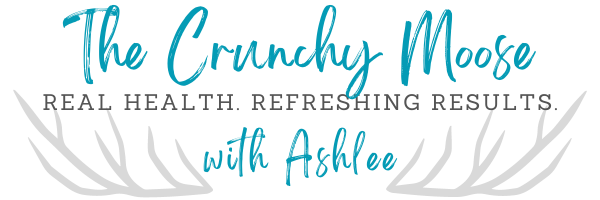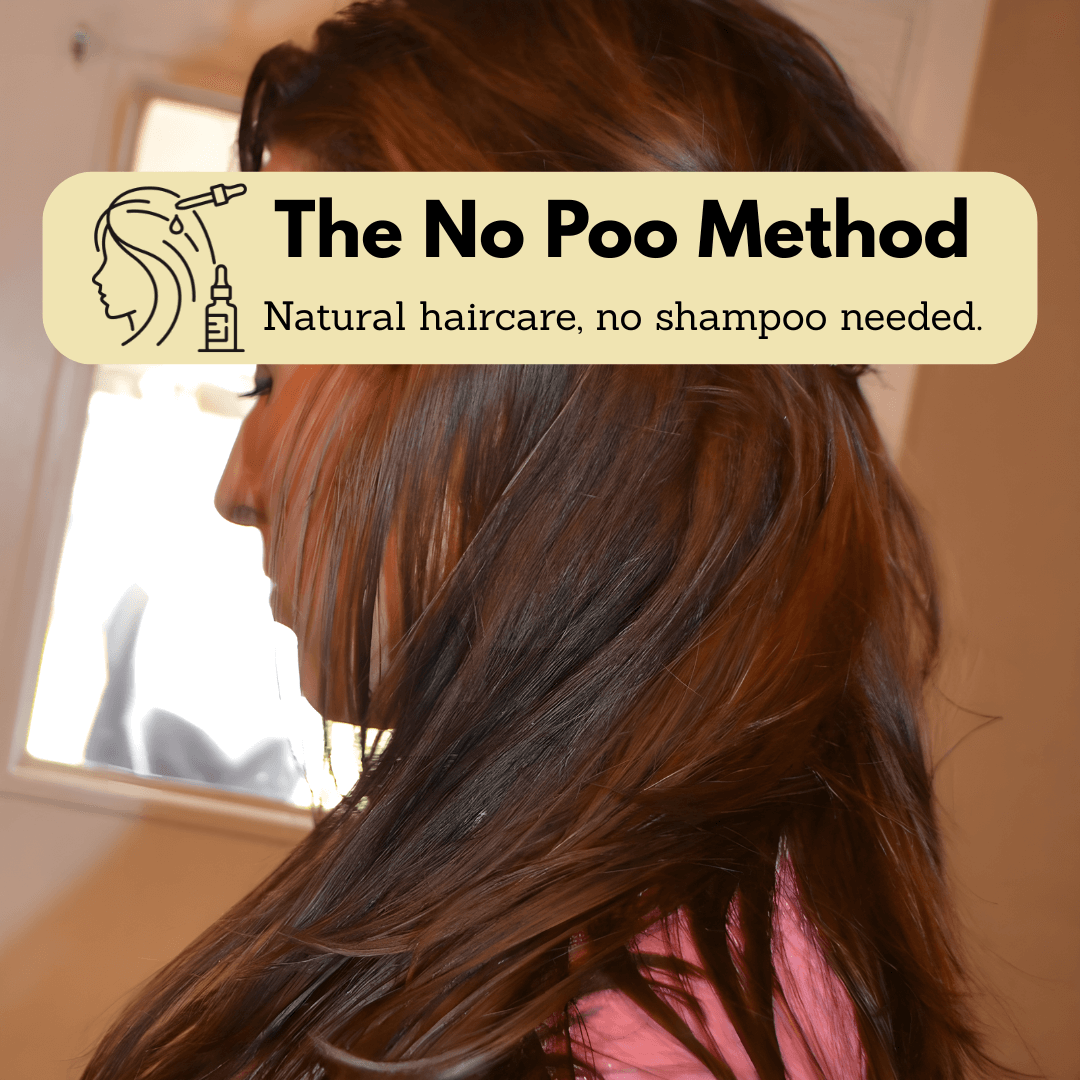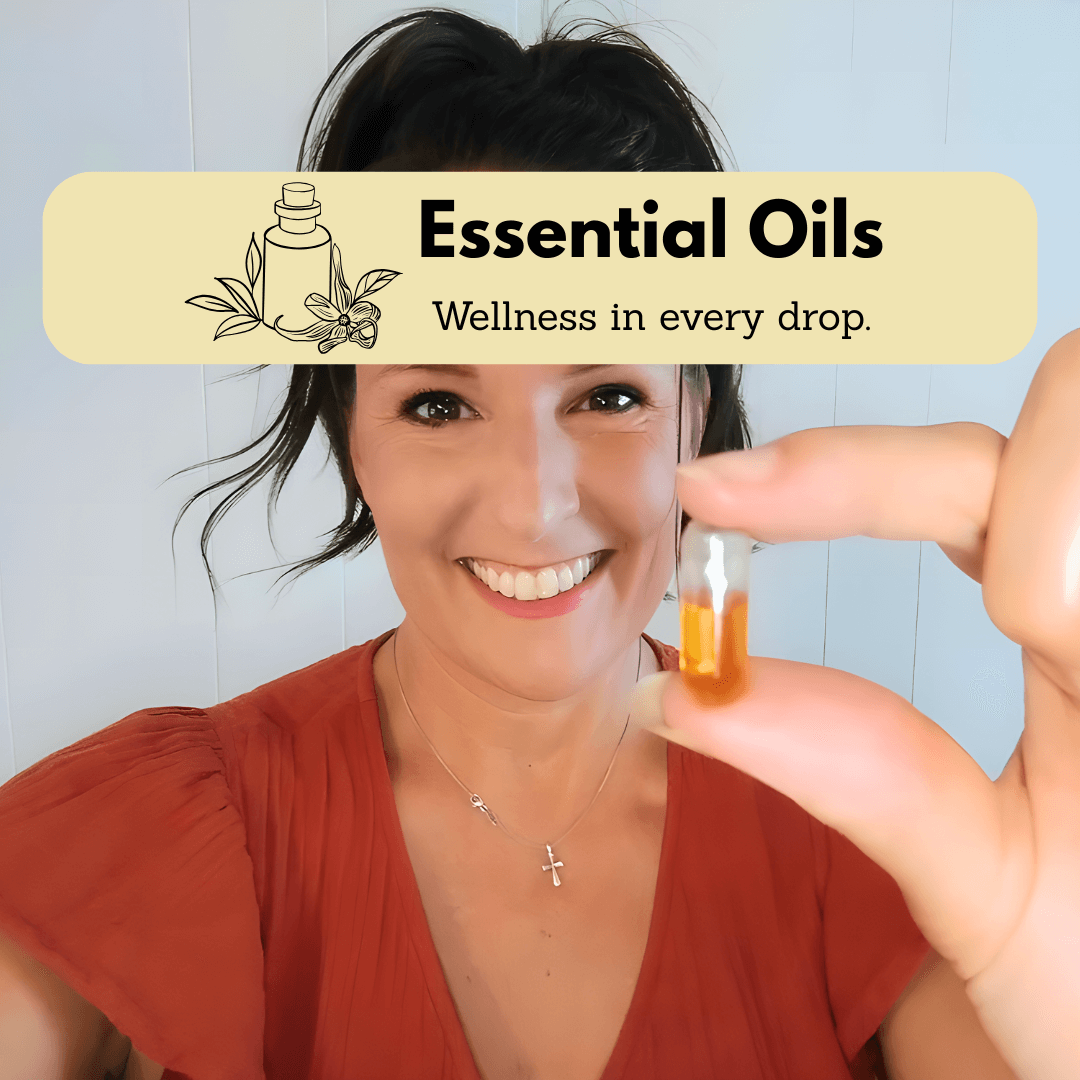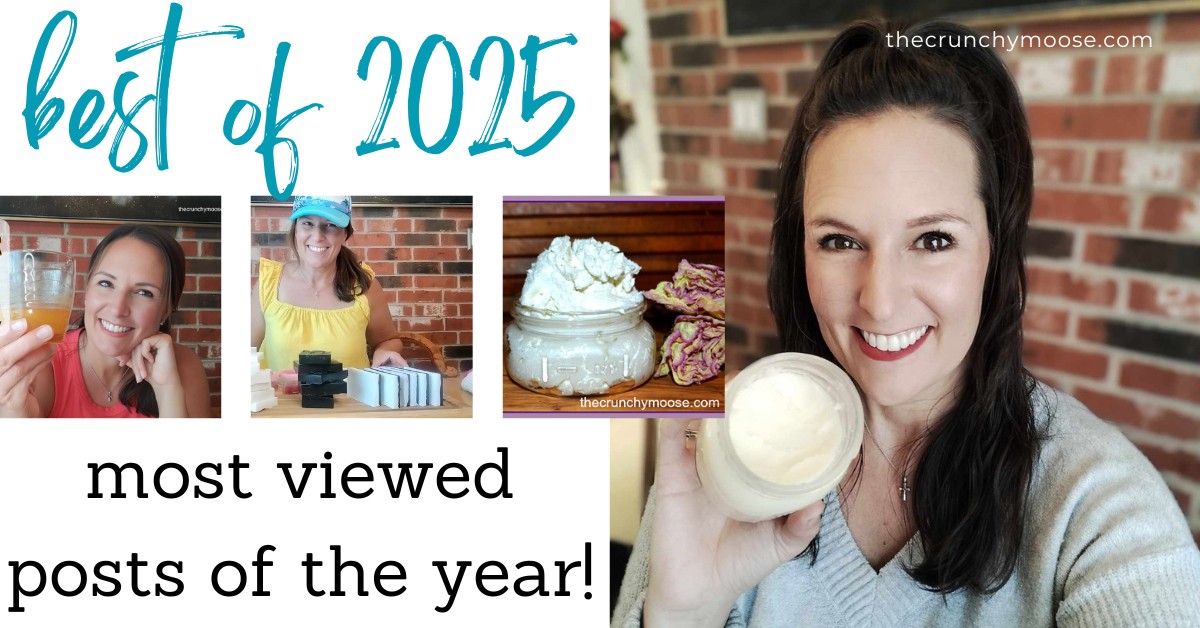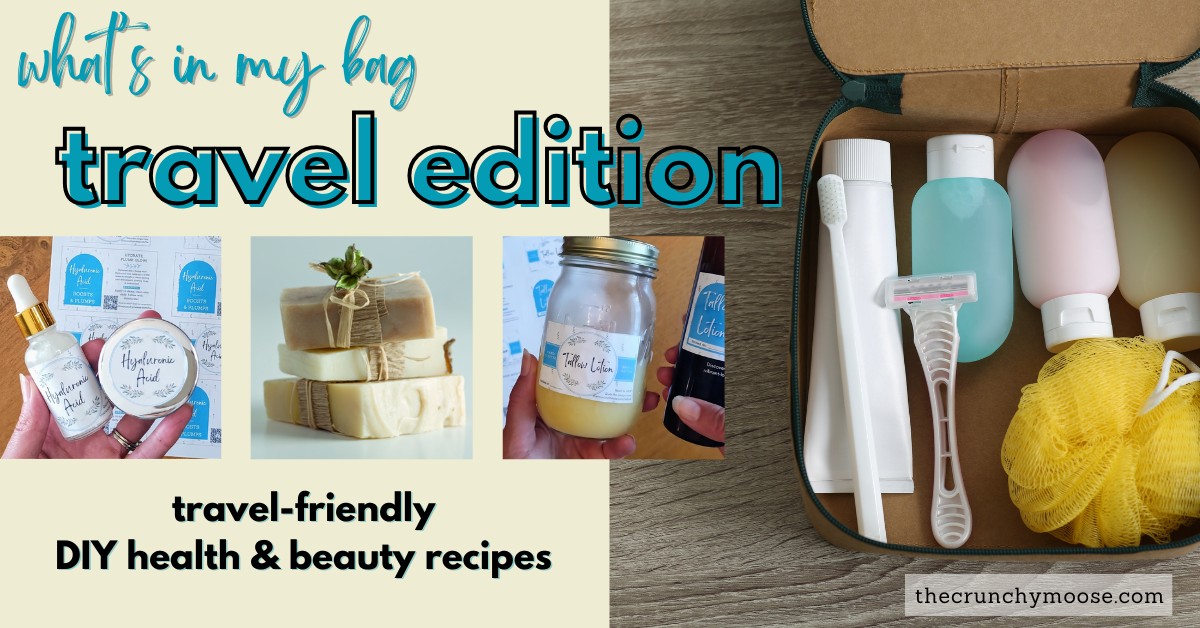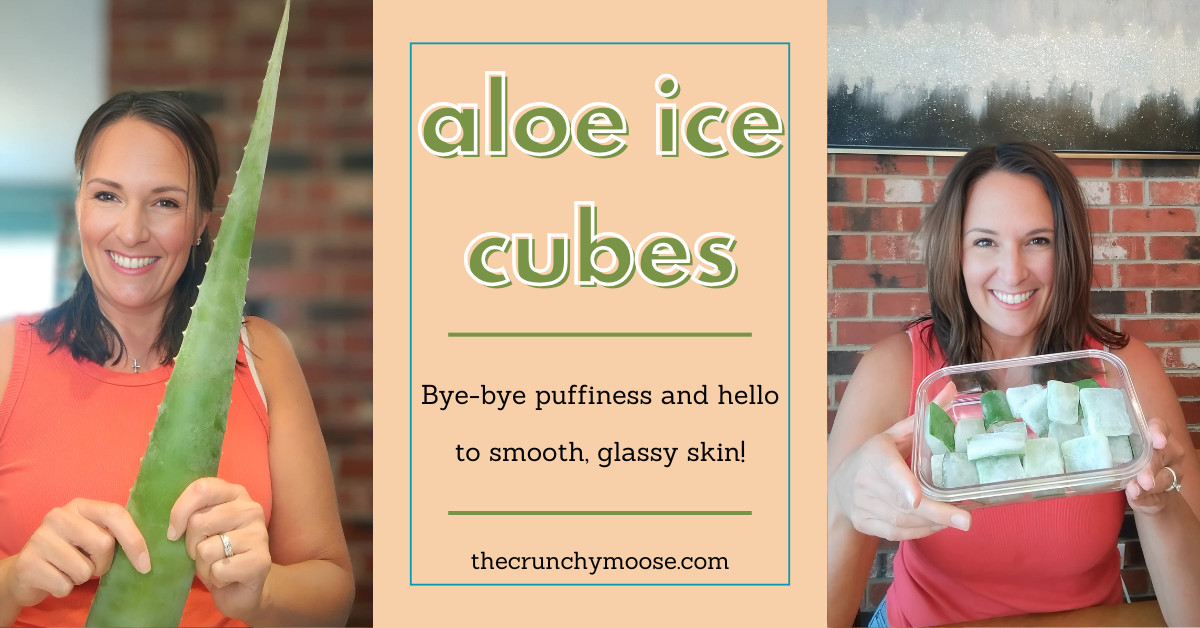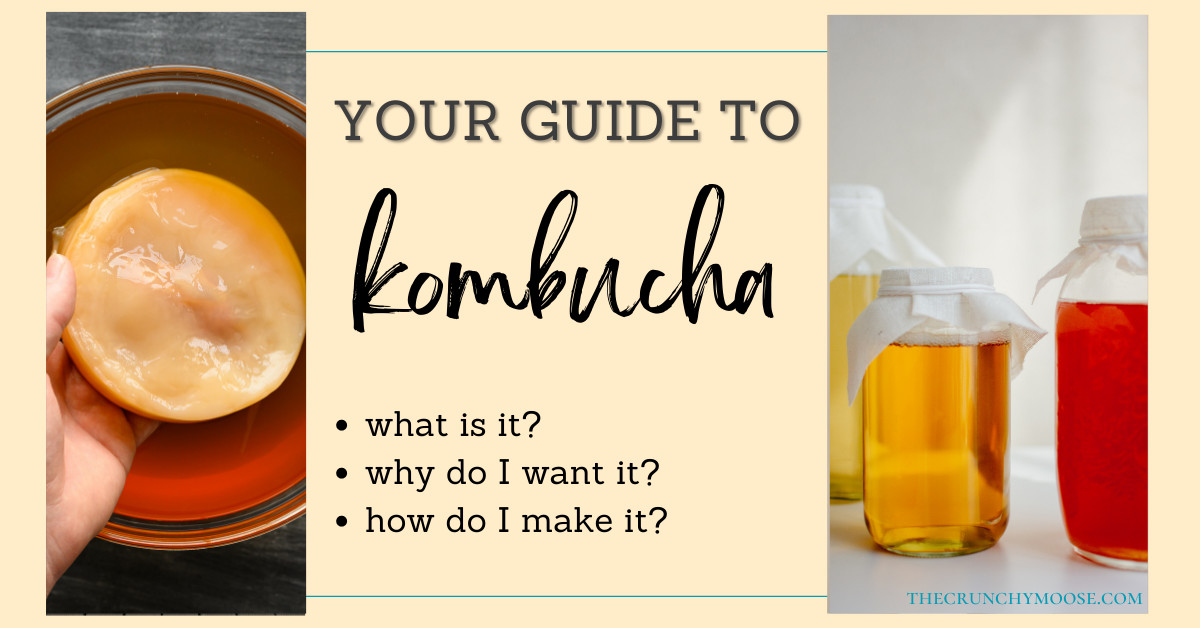
Kombucha. One of my favorite things. Kombucha is fermented sweet tea. In this guide, learn how to make kombucha at home, get your kombucha brewing supply list, and learn the health benefits of kombucha.
How To Pronounce Kombucha
Let's start with the basics, the very basics. How do I say "kombucha"?? Here is the dictionary pronunciation & definition:
- Syllabification: kom-bu-cha
- Pronunciation: kômˈbo͞oCHə
- noun: A beverage produced by fermenting sweet tea with a culture of yeast and bacteria. Bottled kombucha is available in many natural food stores
- Origin: Japanese konbucha, meaning 'kelp tea'; the origin of the English meaning, which is not found in Japanese, is unclear and may reflect a development in another language.
What Does Kombucha Taste Like?
One word: DELICIOUS!
Kombucha is a fermented tea that is made by adding a symbiotic culture of bacteria and yeast, known as a SCOBY, to a sweetened tea mixture. The SCOBY ferments the sweetened tea mixture, creating a tangy and slightly fizzy drink that is believed to have many health benefits. Kombucha is often flavored with fruits, herbs, or spices, and can be found in many health food stores and grocery stores. Kombucha has a vinegary taste.
And kombucha super easy to make at home.
How long it ferments and the fermenting conditions (temperature, light, etc.) will alter the final taste. Longer fermenting periods result in a more vinegary, more carbonated drink. Shorter times will result in a sweeter, more mild drink. I like mine very fermented and very vinegary. After the first fermentation, you can then flavor the kombucha with fruit juice. The juice flavors it, but the kombucha will not taste like juice. It will taste like vinegary, fermented, carbonated, flavored tea....or soda. But not sweet like soda.
There's really nothing like it.
Health Benefits of Kombucha
Kombucha is excellent for your digestive health and immune system.
It is full of enzymes, vitamins, antioxidants, beneficial yeast, beneficial bacteria, and probiotics. All the things that you need for gut health. Here's a list of some of the benefits you may have from drinking your daily cup of kombucha:
- Improves immune system
- High in antioxidants
- Boosts energy & increases metabolism (that's right. Put down the energy drink & grab some kombucha!)
- Detoxes your gut and liver (the good probiotic bacteria help purge the bad, disease & illness causing bacteria)
- Improves digestion & relieves constipation
- Improves circulation
- Balances pH levels
- Relieves pain
- Reduces blood pressure
- Improves eyesight
- Anti-inflammatory
- Can be used to wash your hair! Learn more here.
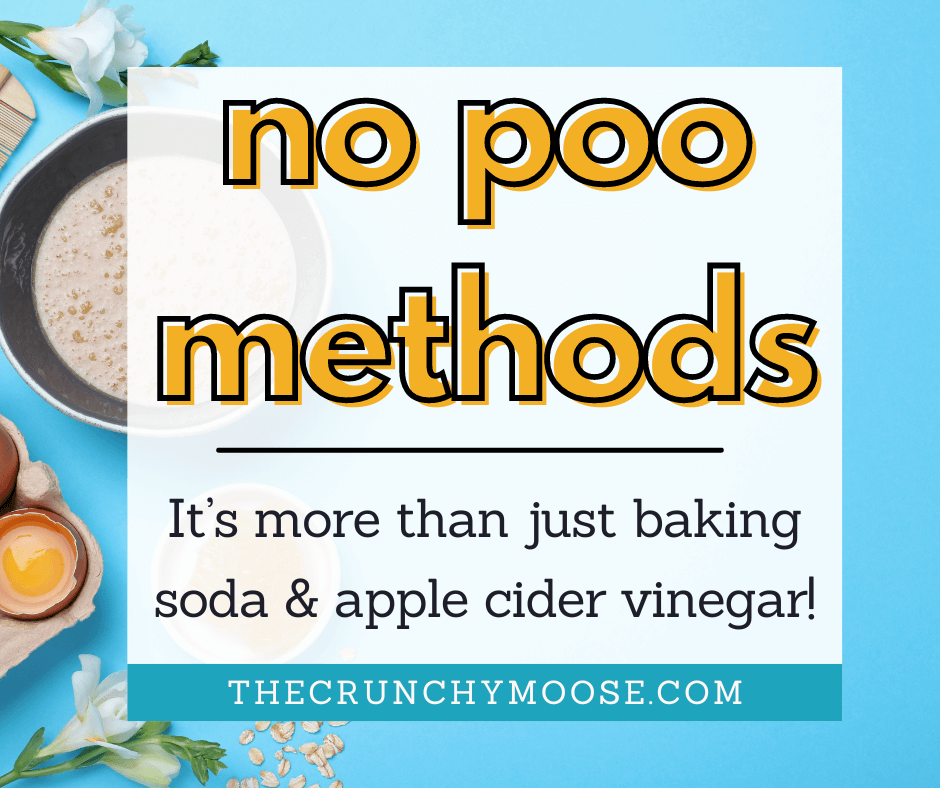 | 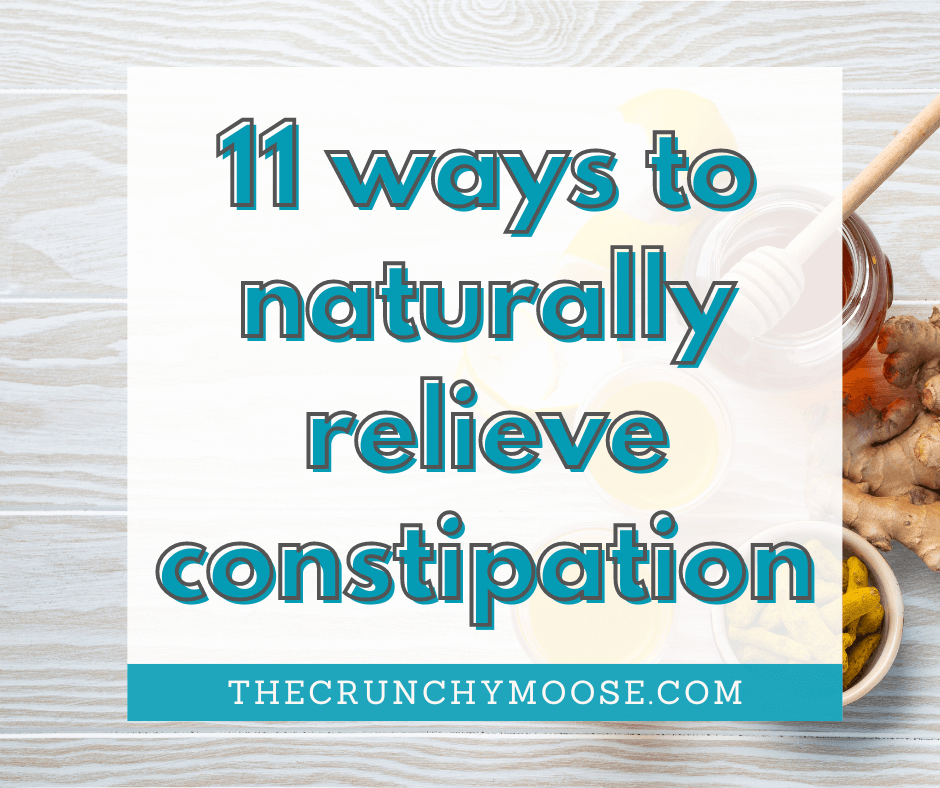 |
What About The Caffeine, Sugar, and Alcohol in Kombucha?
CAFFEINE IN KOMBUCHA:
- The amount of caffeine depends on the type of tea you use when brewing your kombucha. I use black tea which has more caffeine.
- Alternatively, you can use green tea with less caffeine.
- The fermentation process does reduce the amount of caffeine by about 1/3.
- It's important to note that the majority of the energy boost you get from kombucha is from the high content of vitamin B, not solely from the caffeine (although that does help!).
SUGAR IN KOMBUCHA:
- I add a whole cup of sugar per gallon of kombucha.
- The sugar isn't for me! It's for the scoby! That's what the scoby eats.
- The longer you ferment your kombucha, the less sugar it will have.
- I let mine ferment for about 2 weeks. The result is a vinegary, not sweet tea.
- I then add juice to flavor and sweeten it.
- The amount of sugar in your kombucha depends on how long you ferment it and the kind of juice you add (if any).
ALCOHOL IN KOMBUCHA:
- The fermentation process produces a small trace amount of alcohol. Less than 0.1%.
Is Kombucha Safe For Kids?
Kombucha does contain caffeine, sugar, and alcohol in small amounts.
This is a parenting decision you get to make.
For me, the benefits of kombucha are great and the side effects of kombucha are rare. I started giving my kids kombucha when they were about 2 years old and they loved it! You can dilute your kombucha with water if desired.
Kombucha Brewing Supplies
You can buy kombucha pretty much anywhere. Grocery stores, health food stores, or here. But that's gonna run you about $4 or more per serving.
Making kombucha at home costs pennies.
There's a small investment to get your initial supplies (scoby, bottles, etc). But after that, it's just tea bags and sugar. I buy kombucha supplies from Cultures for Health. The kits are super handy to get all your supplies in one easy order.
Kombucha starter kit OR just the scoby.
- Ask your favorite natural, crunchy mama -- she probably either has a scoby she can give you or knows somebody that does!
- There's a good chance there's a fermenting facebook group in your city that has a scoby swapping thread. Scoby parents love sharing their scoby babies!
- The scoby (Symbiotic Culture of Bacteria & Yeast) is also called a kombucha mushroom.
- It's slimy and weird....but it sure is good for you and makes delicious kombucha!
- You only need 1 scoby to start.
- Your scoby will produce new baby scoby with each brew. After a few batches, you will have lots of scoby to share with friends & family (or you could brew dozens of gallons at a time!). As long as you properly care for your scoby, you can reuse it and it never dies.
Starter Liquid:
- This comes in the kit.
- If you get a scoby from a friend, they will probably give it to you in a jar covered in starter liquid.
- You can also use an unflavored store bought kombucha as your starter.
- Starter liquid is simply just a little bit of unflavored kombucha.
Gallon size jar like this one.
- It is important that it is glass - no metal or plastic anywhere on your container.
- If you brew more than one batch at a time, you will need more of these. I brew 2 gallons at a time.
Tea bags - I use black tea.
- You can use green tea for a milder flavor.
- I use 5 tea bags per gallon.
- Organic tea is best (less chemicals & fluoride that could harm your scoby).
Organic pure cane sugar
- This is what your scoby eats (this and the caffeine from the tea).
- Yes, it has to be organic pure cane sugar. No substitutions.
- The scoby needs it to thrive and will consume a lot of the sugar. Your scoby doesn't like honey, stevia, agave, molasses, syrup, artificial sweetener, or any other sugar substitute. It likes organic pure cane sugar so that's what it gets!
- Use 1 cup per gallon.
Filtered, non-chlorinated water
- Your scoby does not like chlorine or flouride. I use a Berkey Filter. Use code tcmberkey.
- Here's my Berkey Water Filter review after using it for 5+ years.
A white dish towel or old tshirt to cover your jar while fermenting and a rubber band to secure it
- You don't want a heavily dyed fabric.
- Not terry cloth - it needs to be thin enough to allow air circulation
- Your scoby needs air so you don't want to use the lid that comes with your gallon jar. A dish towel will allow circulation so your scoby can breath.
Strainer
Juice (optional)
- Any flavor, store bought, fresh squeezed, anything goes. Get creative with your combos! I like this brand. Avoid citrus juice. It doesn't ferment well.
Bottles for the finished product
- You can use mason jars, swing top bottles, or reuse glass bottles from other products.
- I like to reuse the juice bottles.
How to Brew Kombucha
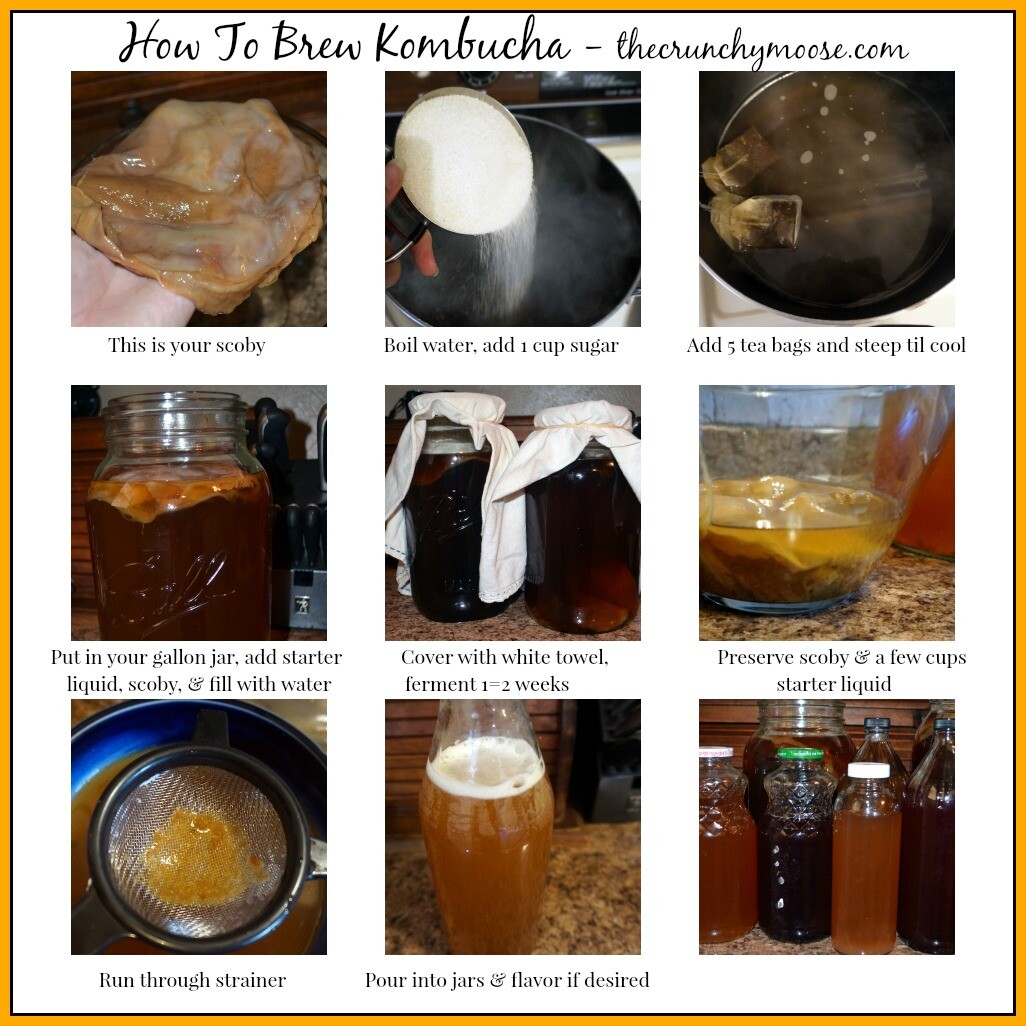
- In a large pot, boil 1 gallon of filtered water with 1 cup of pure cane sugar and 5 tea bags.
- After the sugar has dissolved, remove the pot from heat. Allow to completely cool to room temperature. Hot water will damage your scoby.
- Once the tea is cool, remove the tea bags.
- In your gallon jar, add your scoby, starter liquid (enough to cover the scoby and upto 1/4 gallon of liquid), and the cooled tea.
- Leave a couple inches breathing room at the top of the jar. Your scoby will grow as it ferments.
- Cover with a dish towel or old tshirt and secure with a rubber band. Your scoby needs air circulation so don't use the lid that came with your jar.
- You are now in the first fermentation stage. Store your kombucha out of direct light. I put mine on top of the fridge. Let your kombucha ferment for 3-14 days. The warmer your house is, the quicker it ferments. If you like sweet kombucha, you'll want a short ferment time. If you like vinegary kombucha (like me!), you'll need more time. The longer the ferment, the more carbonated your kombucha will be. I typically do the first ferment for about a week in the summer and closer to 2 weeks in the winter.
- When your kombucha is at your preferred sweetness, vinegary, and bubbly levels, remove the scoby and put it a glass bowl with about 1/4 gallon of starter liquid (the unflavored kombucha you just made). Go back to the first step, make some more sweet tea, and start a new batch of kombucha! If you aren't ready to brew a new batch, put your scoby and starter liquid in a jar and store in the fridge until you are ready.
- Time to decide if you want flavored or unflavored kombucha.
- UNFLAVORED: If you want unflavored kombucha, then you are done and ready to bottle it!
- FLAVORED: If you want flavored kombucha, it's time for your second fermentation.
- You removed the scoby and 1/4 of the starter liquid from your gallon jar. Add your preferred juice (freshly pressed & squeezed, store bought, almost any flavor; I like this brand). Avoid citrus juice -- it doesn't ferment well. Use about 1/4 gallon of juice, leaving a couple inches at the top of the jar.
- Cover with your cloth and secure with a rubber band. Return to your resting spot (mine is on top of the fridge). Let ferment for another 3-7 days.
- The longer it ferments, the more vinegary & carbonated it will be. The warmer your house, the quicker it ferments.
- When it's at your preferred vingary and bubbly levels, strain your flavored kombucha.
- Pour into your bottles. Store in the fridge and drink daily for excellent gut health.
Separating & Sharing Your Kombucha Scoby
A new baby scoby forms with each brew. I leave the baby on the original scoby for 2-3 brews to let it grow, then separate them. You can separate them at any time. Just pull them apart. Share extra scoby with friends & family. Store extra scobys in a little bit of unflavored kombucha (starter vinegar) in the fridge until you are ready to use them or share them.
Pin this article to save it for later!
Also check out:
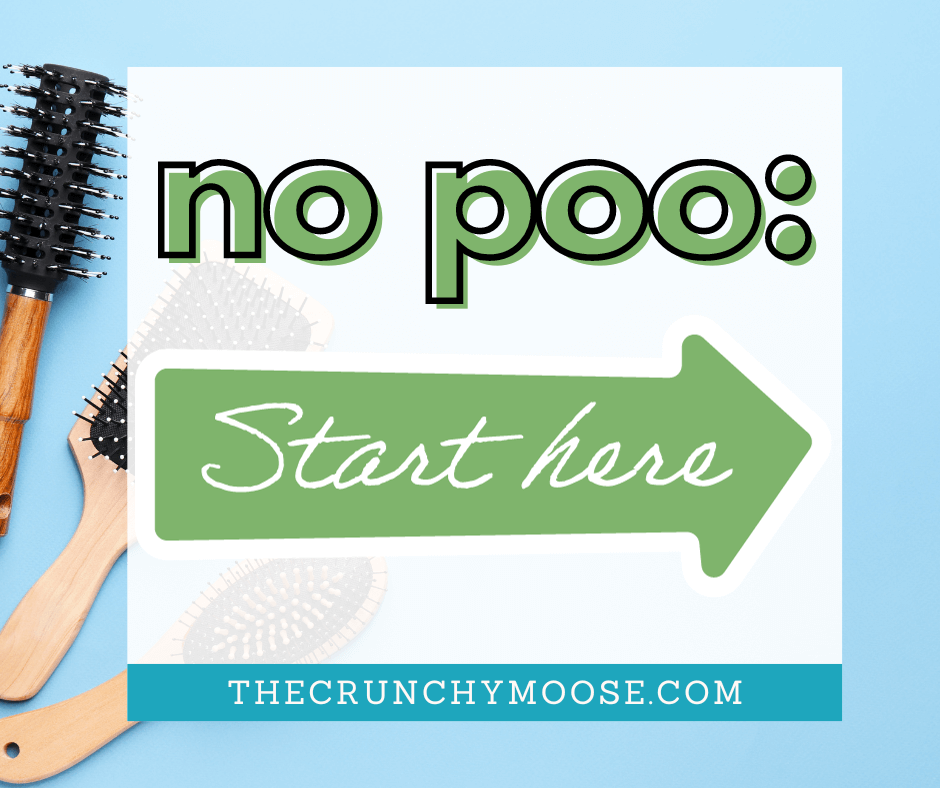 |  | 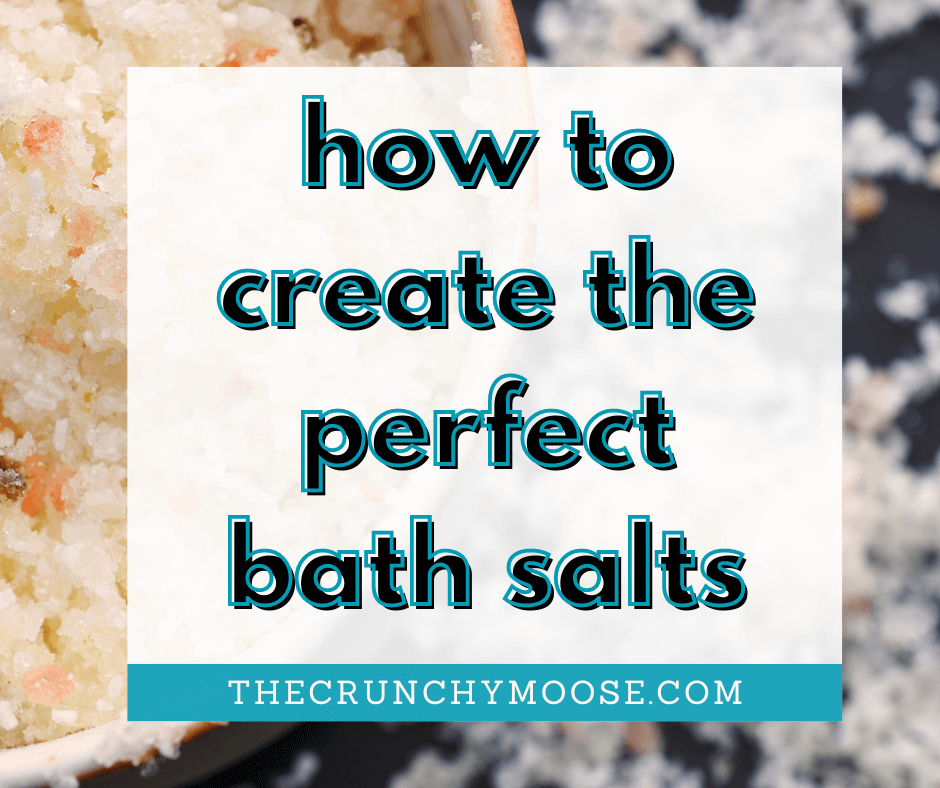 |
 |  |  |
